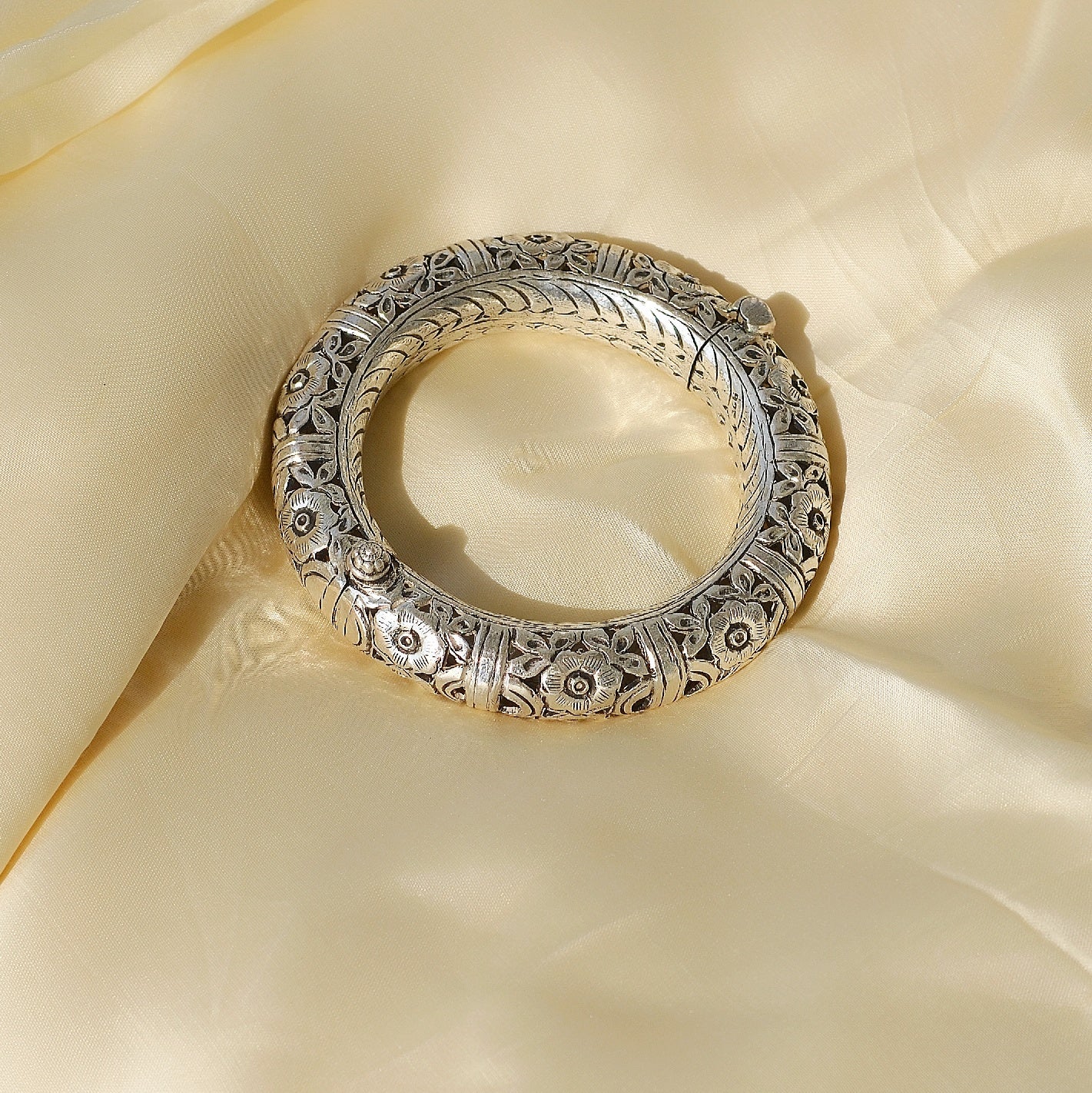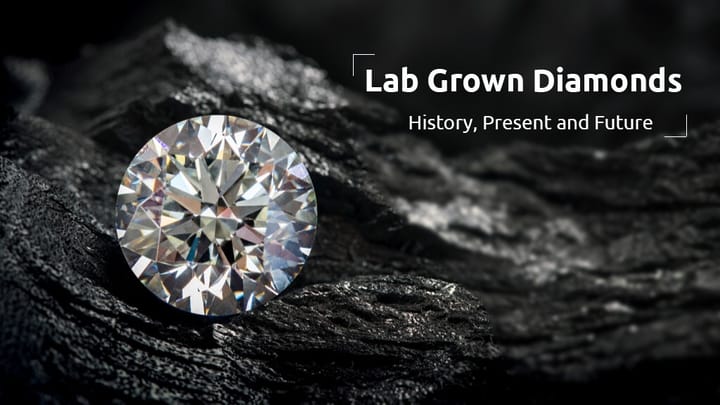Lab Diamonds Revolution - How Synthetic Gems Are Reshaping the Natural Diamond Market

The Rise of Lab-Grown Diamonds: A Threat to Natural Diamonds?
The lab-grown diamond industry is experiencing a significant surge, with forecasted sales of $13.6 billion in jewelry, accounting for 16% of the overall market. This rapid growth is attributed to mass manufacturing, which has driven costs down, making lab-grown diamonds more affordable and appealing to consumers.
Market Disruption
The rise of lab-grown diamonds is disrupting the natural diamond market, as consumers increasingly opt for synthetic gems that are chemically, optically, and physically identical to natural diamonds. This shift in consumer preference is driven by factors such as sustainability, affordability, and the desire for conflict-free diamonds.
Cost-Effectiveness
Mass manufacturing has significantly reduced the cost of producing lab-grown diamonds, making them more competitive with natural diamonds. The cost savings are then passed on to consumers, who can purchase high-quality lab-grown diamonds at a lower price point than their natural counterparts.
Sustainability
Lab-grown diamonds are considered a more sustainable option than natural diamonds, as they require less energy and water to produce. Additionally, lab-grown diamonds eliminate the environmental and social concerns associated with natural diamond mining, such as deforestation, habitat destruction, and labor exploitation.
Changing Consumer Preferences
Consumer preferences are shifting towards lab-grown diamonds, driven by a desire for sustainability, affordability, and innovation. As consumers become more educated about the benefits of lab-grown diamonds, demand is expected to continue to rise, further disrupting the natural diamond market.
The Impact on the Natural Diamond Industry
A Shift in Consumer Preferences
The natural diamond market is facing a significant threat from lab-grown stones, which are revolutionizing the way we think about diamonds. With technological advancements, lab-grown diamonds have become increasingly sophisticated, making them almost indistinguishable from natural diamonds.
Affordability and Accessibility
Lab-grown diamonds are up to 85% cheaper than natural diamonds, making them an attractive alternative for consumers. This significant price difference is due to the reduced production costs and shorter supply chain associated with lab-grown diamonds.
Environmental and Ethical Concerns
The natural diamond industry has long been plagued by concerns over environmental degradation and ethical sourcing. Lab-grown diamonds, on the other hand, offer a more sustainable and responsible option, appealing to the growing number of consumers prioritizing eco-friendliness and social responsibility.
Industry Disruption and Adaptation
The rise of lab-grown diamonds is forcing the natural diamond industry to adapt and innovate. Some companies are exploring new marketing strategies, highlighting the unique characteristics and value of natural diamonds, while others are investing in lab-grown diamond production to diversify their offerings.
A New Era for Diamond Consumers
Ultimately, the emergence of lab-grown diamonds is empowering consumers with more choices, better prices, and increased transparency. As the market continues to evolve, it will be interesting to see how the natural diamond industry responds to this revolution and what the future holds for diamond consumers.
Why Jewelry Retailers Are Embracing Lab-Grown Diamonds
Jewelry retailers are increasingly embracing lab-grown diamonds as a viable alternative to natural diamonds, driven by shifting consumer preferences and market demands.
Consumer Demand for Affordable and Eco-Friendly Options
One primary reason for the growing adoption of lab-grown diamonds is the rising consumer demand for affordable and eco-friendly options. As consumers become more conscious of the environmental and social implications of their purchasing decisions, lab-grown diamonds offer a guilt-free alternative that aligns with their values.
Emotional Investment Over Traditional Luxury
Lab-grown diamonds offer bigger stones for less money, appealing to consumers who prioritize emotional investment over traditional luxury. This shift in consumer behavior has led retailers to recognize the potential of lab-grown diamonds in meeting the changing needs of their customers.
By embracing lab-grown diamonds, jewelry retailers can cater to a broader range of customers, offering high-quality diamonds at various price points. This not only expands their customer base but also provides a competitive edge in the market.
The Authenticity and Value of Lab-Grown Diamonds
Lab-grown diamonds are revolutionizing the diamond industry, offering a sustainable and affordable alternative to natural diamonds. One of the most significant advantages of lab-grown diamonds is their authenticity.
Real Diamonds, Certified by Industry Leaders
Lab-grown diamonds are, in fact, real diamonds, certified by organizations like the Gemological Institute of America (GIA). They have the same physical, chemical, and optical properties as natural diamonds, making them indistinguishable from their natural counterparts. The GIA, a renowned gemological laboratory, issues reports for lab-grown diamonds, verifying their authenticity and quality.
Value Redefined: Affordability, Eco-Friendliness, and Quality
The value of lab-grown diamonds lies in their affordability, eco-friendliness, and quality, making them a viable alternative to natural diamonds. Lab-grown diamonds offer: Affordability: Lab-grown diamonds are 20-40% less expensive than natural diamonds, making them an attractive option for consumers. Eco-friendliness: Lab-grown diamonds have a significantly lower environmental impact than traditional diamond mining, which can harm ecosystems and communities. Quality: Lab-grown diamonds have fewer inclusions and imperfections than natural diamonds, resulting in a more brilliant and durable gemstone. By redefining the value of diamonds, lab-grown diamonds are reshaping the natural diamond market, offering consumers a sustainable and affordable luxury option.
The Future of the Diamond Market
The diamond industry is undergoing a significant transformation, with lab-grown diamonds poised to capture a larger market share. This shift is driven by advancements in technology, changing consumer preferences, and the growing demand for sustainable and ethical products.
Technological Advancements
Improvements in technology have enabled the production of high-quality lab-grown diamonds that are chemically, optically, and physically identical to natural diamonds. This has led to increased adoption and acceptance of lab-grown diamonds in the market.
Cost Savings
As technology improves and costs decrease, lab-grown diamonds will continue to reshape the natural diamond market. Lab-grown diamonds offer significant cost savings, with prices ranging from 20-40% lower than natural diamonds, making them an attractive option for consumers.
Sustainability and Ethics
Lab-grown diamonds also offer a sustainable and ethical alternative to natural diamonds. The production process has a lower environmental impact, and lab-grown diamonds are free from the ethical concerns associated with natural diamond mining, such as labor exploitation and conflict funding.
Market Impact
The rise of lab-grown diamonds is expected to disrupt the natural diamond market, with potential price decreases and changes in consumer behavior. However, this shift also presents opportunities for innovation, differentiation, and growth in the diamond industry.














Comments ()